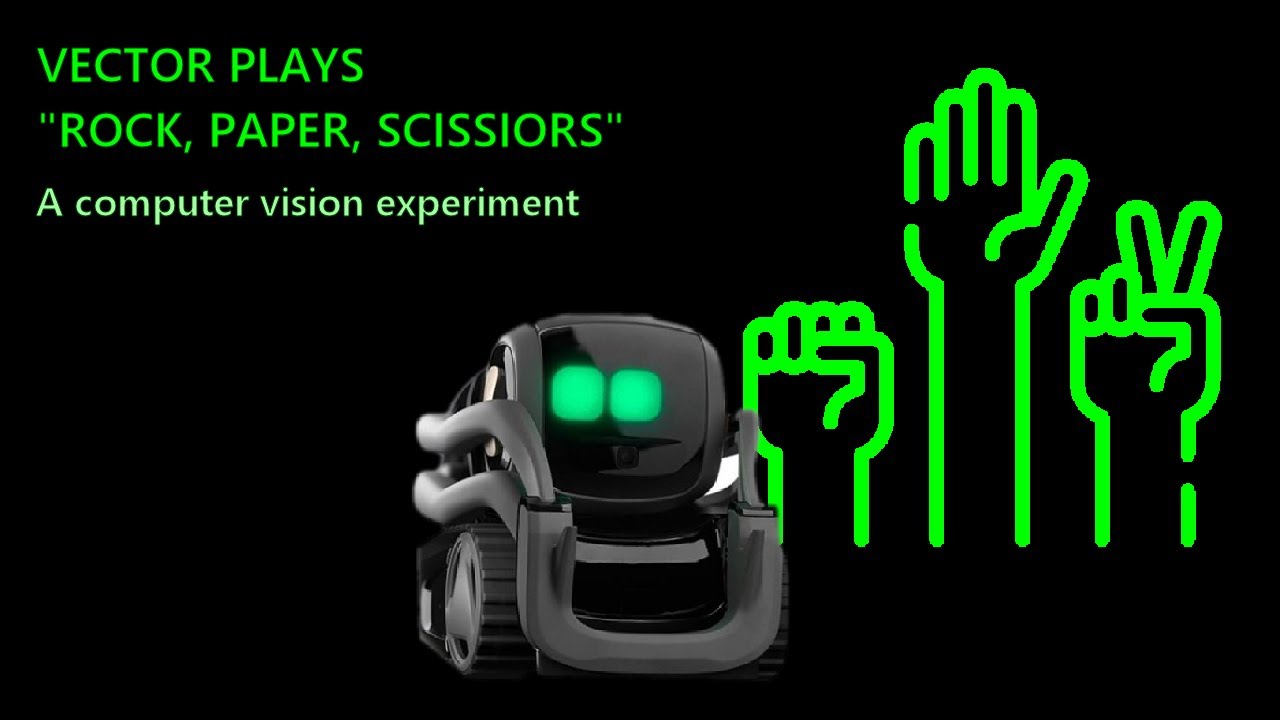
How to use Anki Vector in robotics experiments?
Robots, especially in the field of robotics experiments, have always played a crucial role in advancing research and technology. Anki Vector is one such robot that has gained significant popularity for its advanced capabilities and ease of use. In this article, we will explore how you can effectively use Anki Vector in your robotics experiments to enhance your research capabilities.
1. Familiarize Yourself with Anki Vector
Before diving into using Anki Vector in your robotics experiments, it is essential to familiarize yourself with the robot’s capabilities and features. Anki Vector is equipped with advanced sensors, cameras, and a powerful processor that allows it to interact with its environment autonomously.
- Learn how to control Anki Vector using its companion app
- Understand the different sensors and cameras on the robot
- Explore the various programming interfaces available for Anki Vector
2. Integrate Anki Vector into Your Experiments
Once you are comfortable with Anki Vector’s capabilities, you can start integrating the robot into your robotics experiments. Whether you are working on obstacle avoidance, object recognition, or machine learning tasks, Anki Vector can be a valuable asset in your research.
- Use Anki Vector’s sensors to collect data for your experiments
- Program Anki Vector to perform specific tasks relevant to your research
- Utilize Anki Vector’s AI capabilities to analyze data and make informed decisions
3. Collaborate with Anki Vector in Research Projects
Aside from using Anki Vector in your individual experiments, you can also collaborate with the robot in research projects with other researchers or students. Anki Vector’s versatility and ease of use make it an ideal candidate for collaborative research endeavors.
- Organize research projects involving Anki Vector with your colleagues
- Encourage students to explore robotics concepts using Anki Vector
- Promote interdisciplinary research by integrating Anki Vector into various fields of study
4. Publish Your Findings and Share Your Experience
As you continue to use Anki Vector in your robotics experiments and research projects, it is essential to document your findings and share your experiences with the community. By publishing your results and insights, you can contribute to the advancement of robotics research and inspire others to explore the potential of Anki Vector.
- Write research papers detailing your experiments with Anki Vector
- Present your findings at conferences and seminars to share your knowledge with others
- Create tutorials or guides on using Anki Vector for robotics experiments
By following these steps and leveraging the capabilities of Anki Vector in your robotics experiments, you can enhance your research capabilities and contribute to the growing field of robotics.
Was this helpful?
0 / 0